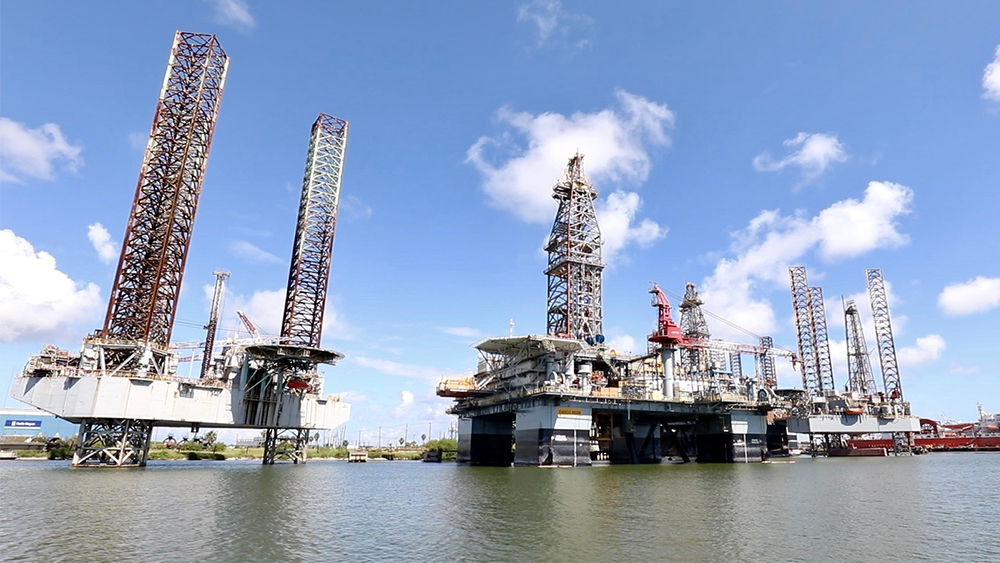
Fatigue is something most individuals deal with daily, with work culture, stress and long hours all contributing. While some can still manage their jobs and remain safe when fatigued, workers in the offshore oil and gas industry need to be alert and ready for work in order to avoid accidents.
Oil and gas workers have long shifts and high physical and mental demands while working, causing them to have greater fatigue than average workers. If excessively sleepy or fatigued, they are 70% more likely to be involved in industrial accidents than alert, well-rested individuals. Fatigue was identified as a contributing factor in the BP Texas City Incident of 2005, as some operators had been working 12-hour shifts for as many as 29 consecutive days.
A team of researchers from Texas A&M University are using a wearable device and developing an interactive dashboard tool to help fatigued oil and gas workers avoid accidents and empower their front-line supervisors to make informed decisions about staffing. The interactive dashboard uses periodic self-reports of safety culture elements, such as the commitment to safety and performance management, submitted using digital devices.
The wearable devices will measure how long workers sleep and how well they sleep. This will be measured through total sleep time and sleep efficiency, the ration of time spent asleep to time spent in bed, but not asleep. The wearable device will use different visualization techniques to provide this information to managers through an interactive dashboard, called EMPOWER, for evaluate, measure, promote offshore worker engagement and readiness.
“Offshore workers are often left to self-manage their fatigue – there is a critical need to integrate fatigue monitoring, reporting and management practices into an organization’s existing safety culture strategies, such that stakeholders at all levels are empowered to make safer work choices,” said Dr. Ranjana Mehta, associate professor in the Department of Industrial and Systems Engineering.
The dashboard will allow managers to see how physiologically ready – rested and alert – workers are before their shifts and over the course of their time on the rigs offshore. Many work 20 consecutive days on the rig.
It will also display their psychological data, which indicates the level of importance the worker places on safety. This information will aid managers in their staffing decisions, including stopping work for a particular employee and helping to promote a culture of safety in traditionally unsafe workplaces.
“This technology enables remote monitoring of oil and gas workers’ health, readiness and perceived safety culture,” said Dr. Farzan Sasangohar, assistant professor in the Department of Industrial and Systems Engineering. “Using novel participatory ergonomics methodologies, we hope to build a dashboard that provides sustainable benefits to front-line supervisors.”
The dashboard will provide real-time data, enabling managers to make data-based decisions in the moment, and help protect workers from danger. By combining research into fatigue and safety culture, it will give managers tools to help them make safer choices when assigning employees to duties or making decisions about work schedules and priorities.
“The funding from this grant will not only help develop reliable fatigue assessment tools that can be utilized in any industry, but address a key question on whether fatigue and safety culture are interlinked,” said Mehta. “The funding guarantees that this research effort continues and enables a dual focus on fatigue and safety culture in this industry.”
This project is funded by a grant from The National Academies of Sciences, Engineering and Medicine – Gulf Research Program. The research is a collaboration between Mehta, Sasangohar and Dr. Stephanie Payne, project lead and professor in the College of Liberal Arts. Visit here for more information about the projects in the Gulf Research Program.